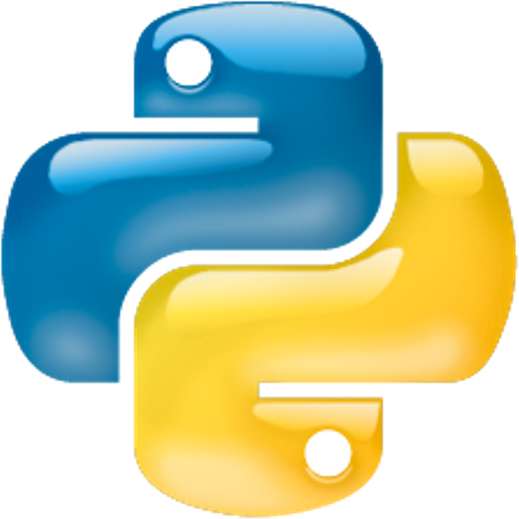Table of Contents » Chapter 5 : Disciplines : Machine Learning
Machine Learning
Overview
The relationship between Machine Learning and Python is one of profound compatibility and mutual growth. Python's ascendancy as a premier language for machine learning is due to its simplicity, readability, and the vast ecosystem of machine learning libraries and frameworks it supports. Libraries like scikit-learn, TensorFlow, and Keras have made it easier for both beginners and experts to implement and experiment with a wide range of machine learning algorithms. Python’s flexibility in handling various data types and its ability to integrate with other technologies make it an ideal choice for developing complex machine learning models. This synergy has been pivotal in advancing the field of machine learning, enabling innovations and practical applications across industries, from healthcare to finance. Python has not only democratized access to machine learning but also continues to be at the forefront of cutting-edge research in the field. Python's role in machine learning is indispensable, offering a platform that is both accessible to beginners and sufficiently robust for advanced research and application development. This relationship continues to drive significant advancements in the field, making machine learning more innovative and accessible across various sectors.
- Supervised Learning: Implementing algorithms for classification and regression tasks, such as decision trees, support vector machines, and neural networks.
- Unsupervised Learning: Employing techniques like clustering, dimensionality reduction, and association rules for discovering patterns in unlabelled data.
- Deep Learning: Building and training deep neural networks for complex tasks such as image and speech recognition.
- Natural Language Processing (NLP): Applying machine learning to understand, interpret, and generate human language in applications like chatbots and sentiment analysis.
- Computer Vision: Developing algorithms for image and video analysis, including object detection, facial recognition, and motion tracking.
- Reinforcement Learning: Creating models that learn optimal actions through trial and error, used in areas such as robotics and gaming.
- Predictive Analytics: Using machine learning for forecasting future events and trends based on historical data.
- Anomaly Detection: Identifying unusual patterns or outliers in data, essential for fraud detection and system health monitoring.
- Recommendation Systems: Building systems that suggest products or services to users based on their preferences and behavior.
- Bioinformatics: Leveraging machine learning for genetic sequencing, drug discovery, and understanding biological processes.
- Financial Modeling: Applying machine learning to market prediction, risk management, and algorithmic trading.
- Healthcare Diagnostics: Utilizing machine learning for medical diagnosis, treatment recommendation, and patient care optimization.



